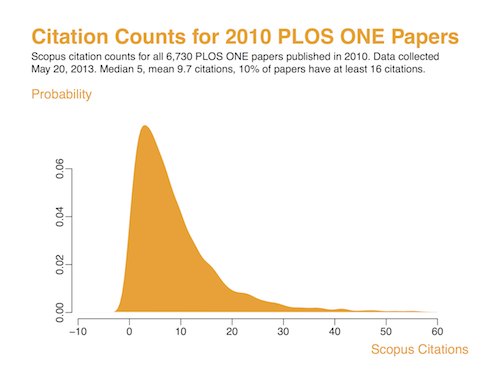This is illustrated by the fact that specific bonds within a molecule have approximately the same length, energy, and vibrational frequency regardless of the details of the molecule, particularly the distant parts.
This locality leads to useful concepts and theoretical approaches such as Atoms in Molecules, Natural Bond Orbitals, Valence Bond theory.
However, this locality is at variance with Molecular Orbital theory and the Kohn-Sham orbitals in Density Functional Theory (DFT); the orbitals can be completely delocalised over the whole molecule.
What are the implications for solid state physics?
Band theory is the analogue of molecular orbital theory. Bloch electronic wave functions are completely delocalised throughout the crystal.
Wannier orbitals are the physics analogue of Boys orbitals in chemistry.
In 1984 Phil Anderson wrote:
The Wannier functions are still one of the most useful but underutilized methodologies of solid state physics, and in particular it is in the language of Wannier functions that I feel the chemical implications of band theory are most effectively expressed.
Of course the reason is that most of the concepts of chemistry are local concepts, such as bonds, ions, complexes, etc., while band theory is a global structure, in which the wave functions permeate the entire system and the eigenenergies depend on the position of every atom everywhere. There is no a priori reason why band theory should lead to such a chemically intuitive result as that the carbon—carbon single bond should have roughly the same energy and bond length whenever it appears, the Oxygen anion should have a constant radius and negative electron affinity, etc.
This same weakness is shared by band theory’s chemical equivalent, the molecular orbital theory of Hund and Mulliken. From the very first, there was a vain attempt to restore locality by the use of atomic states and the valence-bond idea, very much advocated by Pauling, but only Pauling’s great ingenuity in applying the vague concept of “resonance” and his enormous prestige kept this scheme afloat as long as it has been: it is just not a valid way of doing quantum mechanics, and fails completely in the case of metals and of the organic chemical equivalent of metals, namely aromatic compounds and graphite, and is not very useful elsewhere except in the hands of a master empiricist such as Pauling.
Nonetheless many local basis: how is this compatible with quantum mechanics? This is the enigma to which Wannier functions give us a very precise and clear answer. Not only that, but with a bit of ingenuity it is possible to modify the local functions in such a way as to give one a simple, accurate and serviceable method for quantum chemical calculations.P.W. Anderson, Chemical Pseudopotentials, Physics Reports 1984
The discussion of resonating valence bond (RVB) theory is a bit harsh ("it is not just a valid way of doing quantum mechanics") and ironic given that only three years later Anderson introduced his RVB theory of superconductivity!
Indeed, the past two decades has seen a resurgence of interest in and use of Wannier functions.
Here is a recent Reviews of Modern Physics on the subject.


















